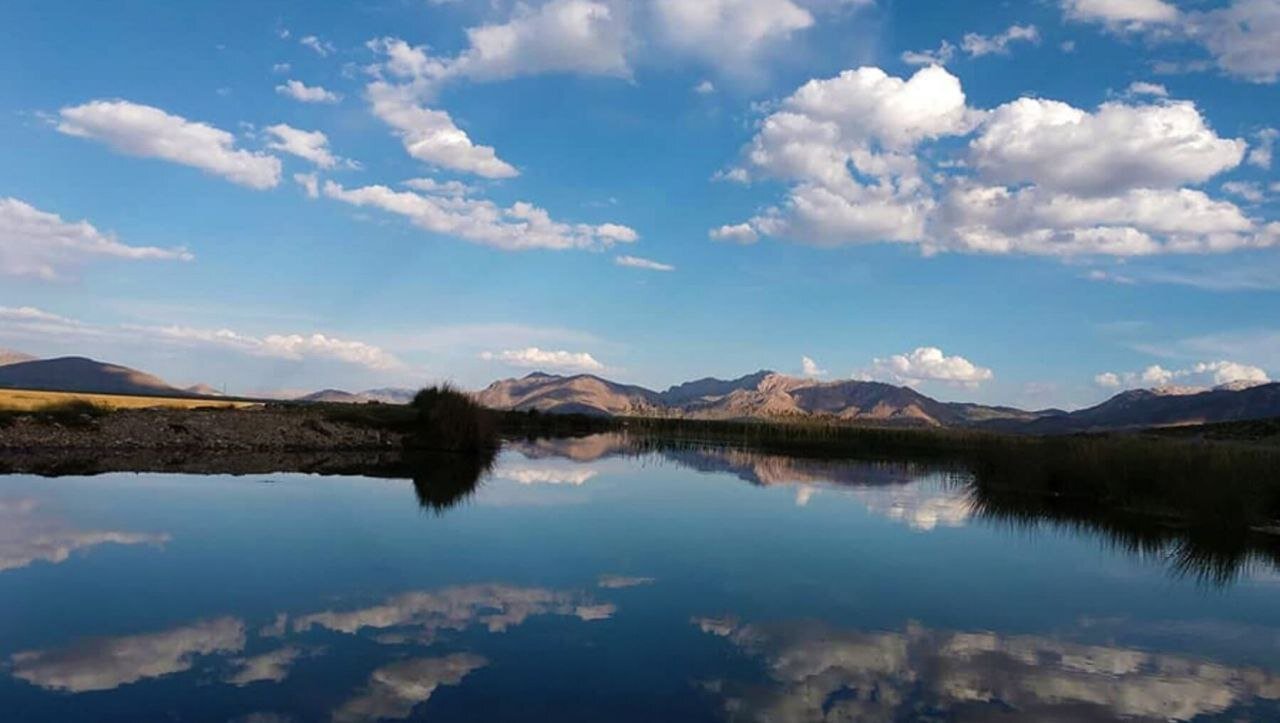INSUBCONTINENT EXCLUSIVE:
27th wetland of international importance.Gandoman wetland, stretching to 1,070 hectares, is located in Borujen county, Chaharmahal-Bakhtiari
particularly notable for its plant diversity, with 129 species from 32 families and 87 genera identified
It is one of the most important habitats in Iran for the endemic Zagros pupfish
The wetland is an important wintering habitat for several bird species, including the critically endangered sociable lapwing and the
vulnerable common pochard.While drought, climate change, fire, and pollution pose threats to the wetland, experts regularly monitor the site
in accordance with the Gandoman Wetland Management Plan
in the list of Wetlands of International Importance and the accreditation of the city in the list of wetland cities was followed up by the
Department of Environment.Gandoman along with two other cities namely Babol in northern Mazandaran province, and Kiashahr in northern Gilan
primary factor controlling the environment and the associated plant and animal life
A broad definition of wetlands includes both freshwater and marine and coastal ecosystems, such as all lakes and rivers, underground
aquifers, swamps and marshes, wet grasslands, peatlands, oases, estuaries, deltas and tidal flats, mangroves and other coastal areas, coral
reefs, and all human-made sites such as fishponds, rice paddies, reservoirs and saltpans.These lands are critical to people and nature,
given the intrinsic value of these ecosystems, and their benefits and services, including their environmental, climate, ecological, social,
economic, scientific, educational, cultural, recreational and aesthetic contributions to sustainable development and human wellbeing.In
Iran, 141 wetlands with ecological value with an area of over 3 million hectares have been identified, of which 27 wetlands are designated
as wetlands of international importance (registered in the Ramsar Convention).According to Mehri Asna-Ashari, an official with the
Department of Environment, the conservation project of Iranian wetlands has resulted in a 27.5 percent decrease in irrigation water
the conservation project has been carried out in three wetlands including Shadegan in Khuzestan province, Bakhtegan in Fars province, and
Urmia in West Azarbaijan province, the official noted.Sustainable farming methods were implemented and 2,433 farmers were trained
In addition, the consumption of chemical fertilizers decreased by 25 to 30 percent
Consequently, the income of each farmer increased by 14 percent.The establishment of 26 non-governmental organizations (NGOs), and 181
livelihood support groups, and the implementation of alternative livelihood plans in 44 villages are some of the other achievements of the

